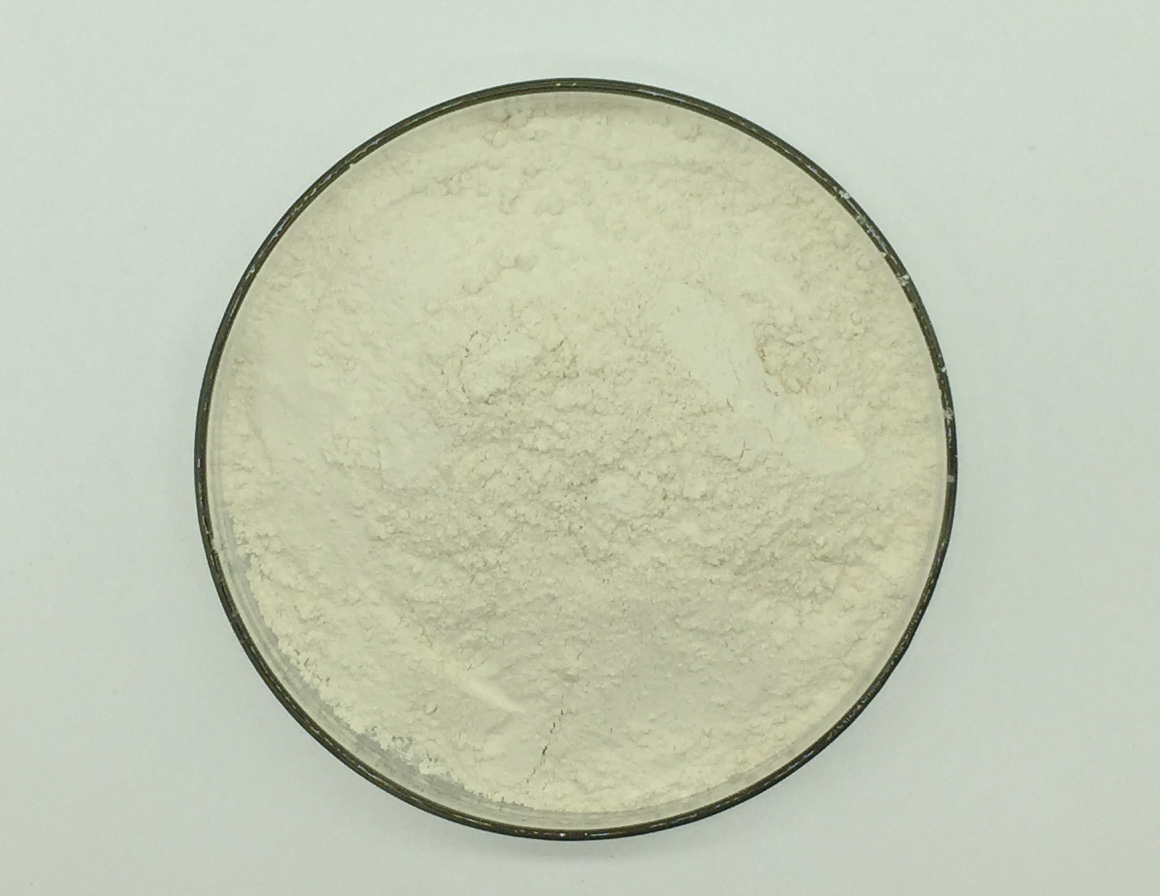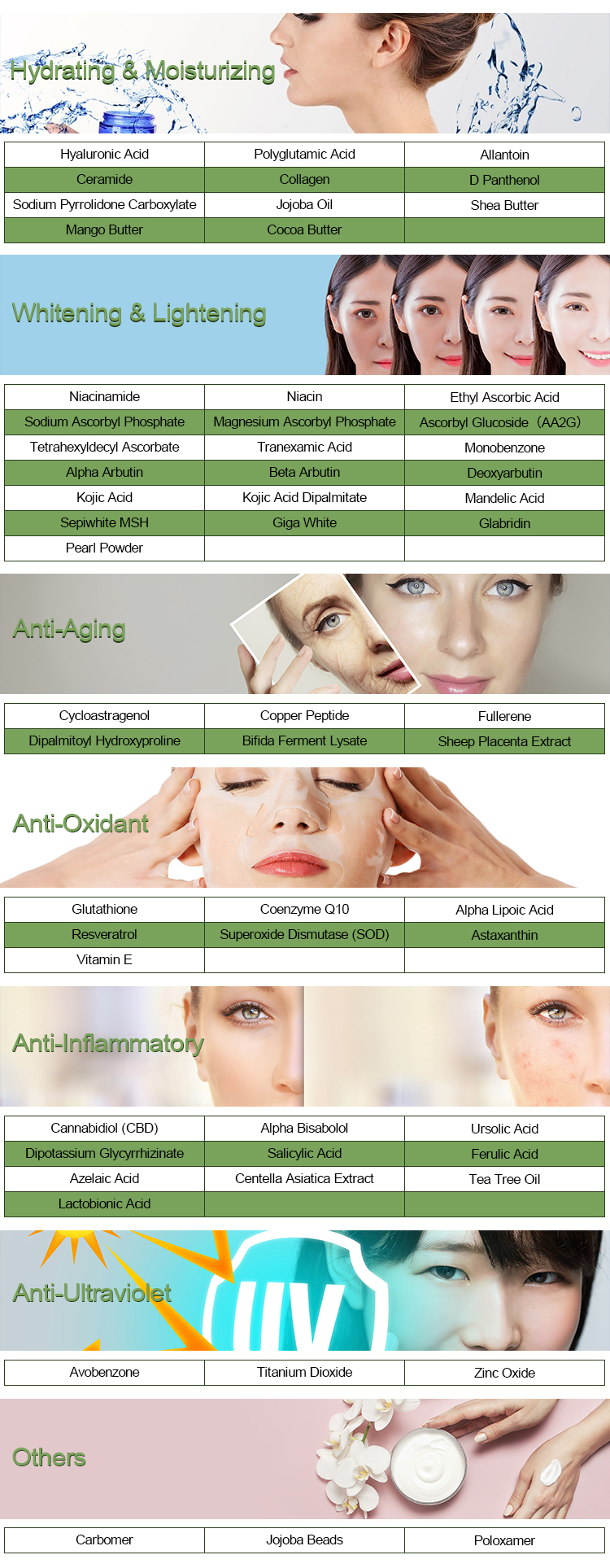Silk fibroin is a natural protein fiber that is obtained from the silk of silkworms. It is one of the main components of silk and is responsible for the material’s strength and resilience. Silk is produced by silkworms, typically the larvae of the mulberry silkworm (Bombyx mori), to create cocoons for their pupal stage. These cocoons are made up of two main proteins: fibroin and sericin.
Silk fibroin is the structural protein that forms the core of the silk fiber. It is a long, fibrous protein with a highly repetitive amino acid sequence. The unique structure of silk fibroin gives silk its remarkable properties, including its smooth texture, sheen, and exceptional strength. Silk fibers are known for being lightweight, yet incredibly strong, and they can be woven into various fabrics for clothing, textiles, and other applications.
Silk fibroin has also found applications in the fields of biotechnology and medicine. Researchers have been exploring its use in various biomedical applications, such as drug delivery systems, tissue engineering, and wound dressings, due to its biocompatibility and ability to be processed into different forms, like films, sponges, or nanoparticles.
In summary, silk fibroin is a natural protein that is a crucial component of silk fibers and has a wide range of uses in textiles and various other industries, including biotechnology and medicine.

How to use Silk Fibroin?
Silk fibroin is a natural protein derived from silkworms, and it has a wide range of applications in various industries, including medicine, cosmetics, and textiles. Here are some common ways to use silk fibroin:
1.Biomedical Applications:
Sutures: Silk fibroin is often used to make surgical sutures due to its biocompatibility and strength.
Tissue Engineering: It can be used as a scaffold for growing tissues and organs.
Drug Delivery: Silk fibroin can be used to encapsulate and deliver drugs or bioactive compounds.
2.Cosmetics and Skincare:
Cosmetic Formulations: Silk fibroin can be added to cosmetics and skincare products like creams, serums, and masks to improve moisture retention and texture.
Anti-Aging Products: It’s used in anti-aging products due to its skin-smoothing and firming properties.
3.Textiles and Fashion:
Fabric: Silk fibroin can be spun into fibers and woven into fabrics, producing luxurious and lightweight textiles.
Clothing: Silk fibroin clothing items are known for their comfort, breathability, and hypoallergenic properties.
4.Coatings and Films:
Surface Coatings: Silk fibroin coatings can be applied to various materials to enhance their biocompatibility and durability.
Biodegradable Films: It’s used to create biodegradable films for food packaging and other applications.

5.Wound Dressings:
Silk fibroin-based dressings are used for wound care due to their antimicrobial properties and the ability to maintain a moist wound environment.
6.Food Industry:
Silk fibroin can be used in food packaging as an alternative to plastic due to its biodegradability and barrier properties.
7.Art and Crafts:
Some artists and craft enthusiasts use silk fibroin for unique projects like papermaking or mixed-media art.
8.Research and Development:
Scientists and researchers use silk fibroin as a biomaterial in various experiments, including drug testing, tissue culture, and regenerative medicine studies.
When using silk fibroin, it’s important to follow the specific guidelines and recommendations for the application you have in mind. The processing and preparation of silk fibroin can vary depending on the intended use, so it’s crucial to understand the requirements and conditions for your particular application.
